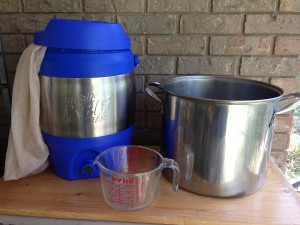
Here’s what you need to brew this, in addition to your normal extract brewing equipment — a 3-gallon (11-L) beverage cooler and a large grain steeping sack. A relatively big brewpot, like the 5-gallon (19-L) one in the picture, is also needed.
Here’s Krampus Klaws, a 14% ABV holiday lager that’s very reminiscent of Samichlaus, in a stovetop extract formulation. To brew this, you’ll need a 3-gallon (11-L) beverage cooler (the kind with a spigot for serving drinks) and a grain bag large enough to hold 6.0 lbs. (2.7 kg) of malt. (The recipe uses a small partial mash. This is completely explained in the procedures, in case you’ve never done a partial mash before.)
For best results, you’ll also need to be able to boil 3.5 gallons (13 L) of beer. In other words, you’ll need a 5-gallon (~20-L) brewpot. The biggest key to successfully brewing this beer is raising enough yeast (in your yeast starter) and holding the fermentation temperature as constant as possible.

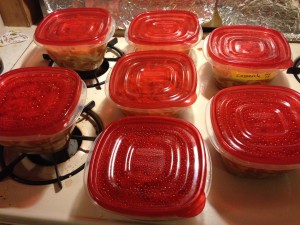

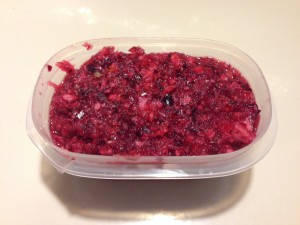
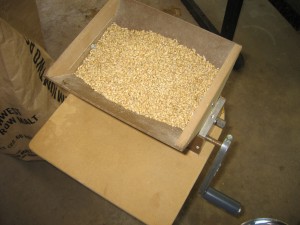

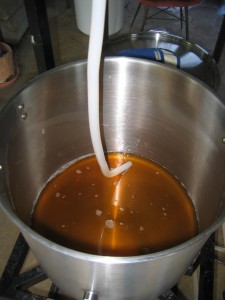

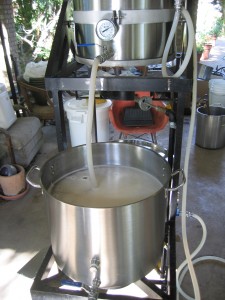

Recent Comments